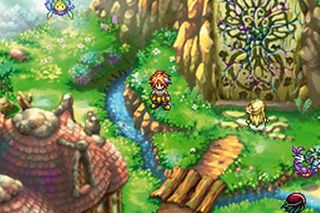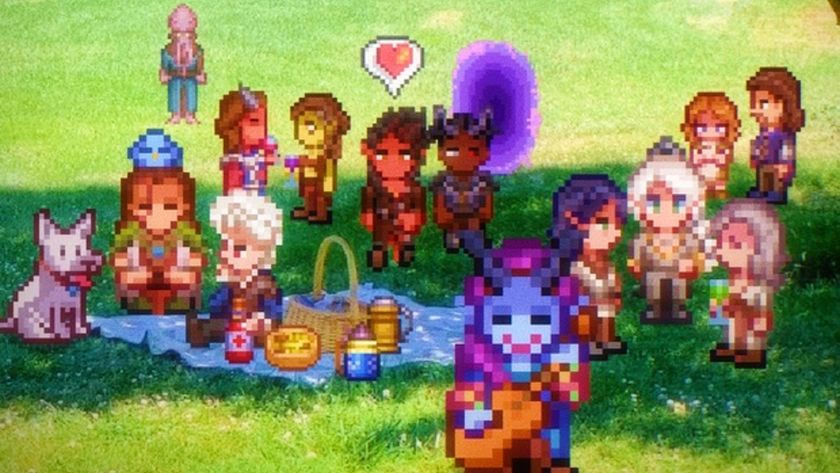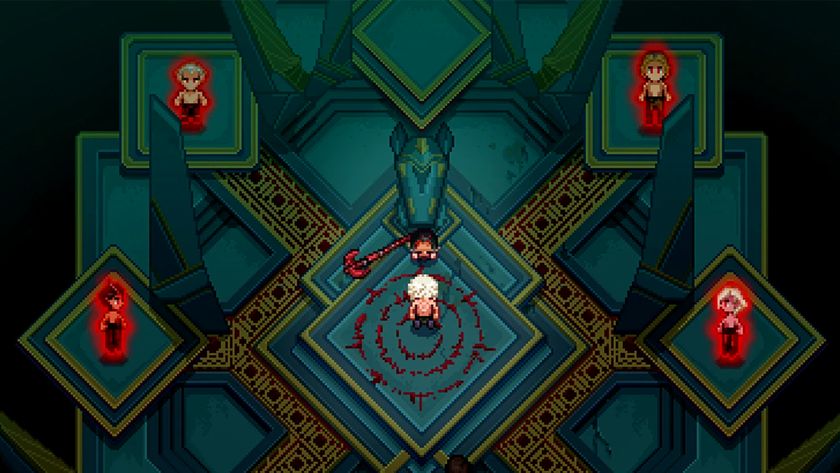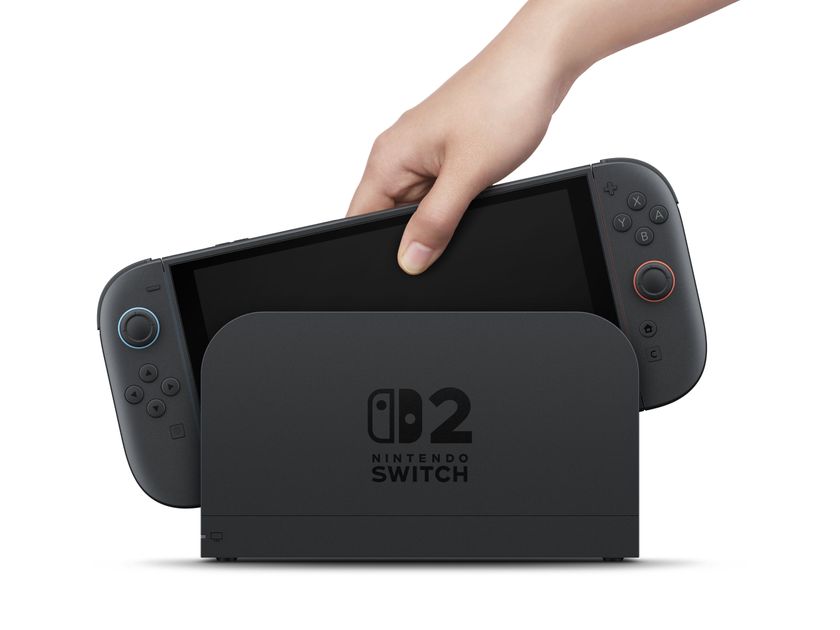Later optional quests will take you back to completed dungeons, but will change the enemy types you'll face. These are smartly designed to extract the maximum challenge from the seemingly basic combat: with a sword, a flail and a bow at your disposal, enemies can be knocked into each other - and into objects - and are likely to rebound into each other and into you, creating a bumper-car brawl of controlled chaos.
In multiplayer, these battles are even more frenetic, but the controls are so precise and the balance between blocking, direct and ranged attacks so clear that you always have a fighting chance. Item use and weapon selection are managed via those famed ring menus, and never hold up battle at all.
Monsters killed contribute to experience which levels up your character and gives access to the more advanced equipment you find hidden around each level.It adds a sense of progression throughout the game, but does little to mask its inherent repetitiveness.
And, while it's unfair to criticise Children of Mana for not being a pure sequel to Secret of Mana, it will perhaps prove reasonable to criticise it for not finding enough variety in its pared-down, if beautifully tooled, dynamics.

Above: The bottom screen only shows a map and stats, leaving the top screen free to do... this
Sign up to the 12DOVE Newsletter
Weekly digests, tales from the communities you love, and more

Following "mistaken" DMCA from D&D publisher Wizards of the Coast, Stardew Valley player behind Larian-approved Baldur's Gate 3 mod assures work will "resume as scheduled"

After slamming D&D's Wizards of the Coast, Baldur's Gate 3 devs celebrate "good ending" for Stardew Valley mod as it gets reinstated after a "mistaken" DMCA











